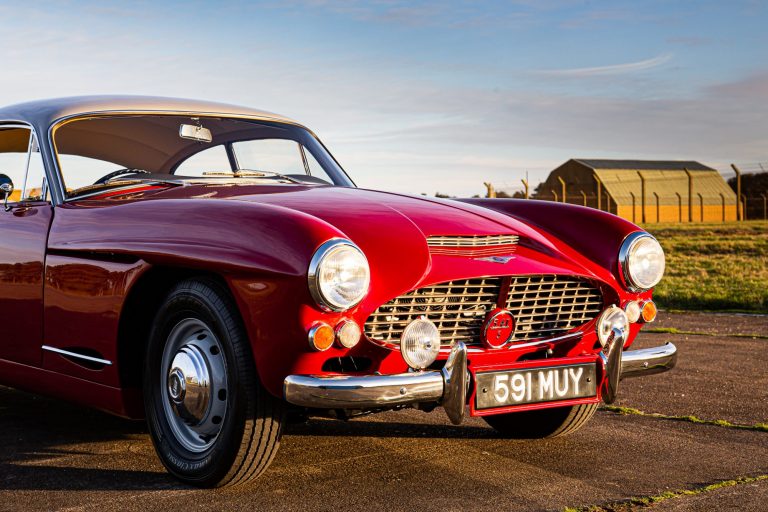
Newest Member – 1960 Jensen 541S at The Hangar
If this isn’t one of the most beautiful cars then we don’t know what is. Finished in a beautiful shade of red with a grey


If this isn’t one of the most beautiful cars then we don’t know what is. Finished in a beautiful shade of red with a grey

The 1968 Jaguar MkII 2.4 has been in the Bridge Classic Cars in-house paint shop where our paint expert Alan has worked his magic on
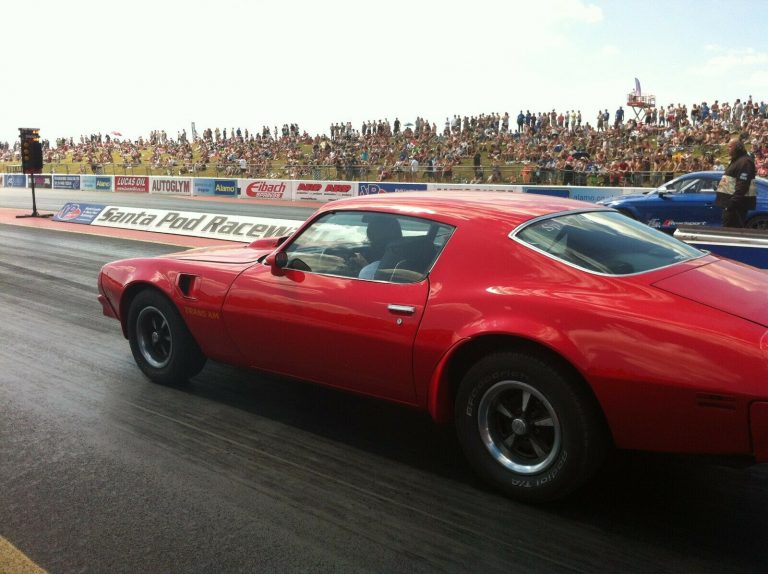
Coming soon to the Bridge Classic Cars workshop is this incredible 1974 Pontiac Trans Am Firebird. It seems that recently we’ve been seeing a fair

There’s always a buzz around a new competition car. Especially one as special as this… a 1975 MGB GT V8. This small, V8 powered British

Chris, our in-house paint and body expert here at Bridge Classic Cars, has begun work on the 2021 Renault Master which belongs to one of

Brian, Kath and Lydia have been working on the next phase of the interior for the 1973 Jaguar E Type Roadster that Bridge Classic Cars

The mid to late 1930s were a heyday of Automotive design. Bespoke, futuristic interpretations of personal transport heavily influenced by art-nouveau and the art deco
If this isn’t one of the most beautiful cars then we don’t know what is. Finished in a beautiful shade of red with a grey roof and camel leather, this 1960 Jensen 541S is definitely stealing the show at The Hangar. It is, of course, Peony Red.
Peony Red is one of the Jensen 541’s that Bridge Classic Cars has had the honour of restoring down to the smallest detail for its very special owner. There isn’t an angle where this car doesn’t look absolutely phenomenal. This afternoon it was transported from our workshop in Pettistree inside the enclosed vehicle transporter to our classic car storage facility, The Hangar. This is where Peony Red will be stored and cared for over the winter months by our in-house restoration technicians until the weather becomes more suited and the temperatures are perfect for driving such an incredible sports car.
While The Hangar was being readied for Peony’s arrival, Nick managed to grab some photos of this truly unique and one-off Grand Tourer in the sun while he could. These photos, couldn’t even do justice to just how incredible this car looks and sounds in the flesh.
The 1968 Jaguar MkII 2.4 has been in the Bridge Classic Cars in-house paint shop where our paint expert Alan has worked his magic on the rear valance.
The valance had been coated with a thick black stone chip protection across the lower parts, so Alan pulled out his trusty DA sander and got to work. Carefully knocking back the stone chip, Alan exposed the paintwork underneath. Because of the thickness of the protection, Alan had to take it back quite a way. Once the area had been thoroughly cleaned down and smoothed out, Alan could begin his detailed and meticulous work.
Carefully, Alan applied the new stone chip to the area to protect the car from any possible marks or damage while it’s being enjoyed by its very lucky owner.
After the area around the new stone protection had been masked off, Alan carefully colour matched a small amount of paint to the rest of the car in order to seamlessly blend the new area into the existing rear panels and behind the rear bumper.
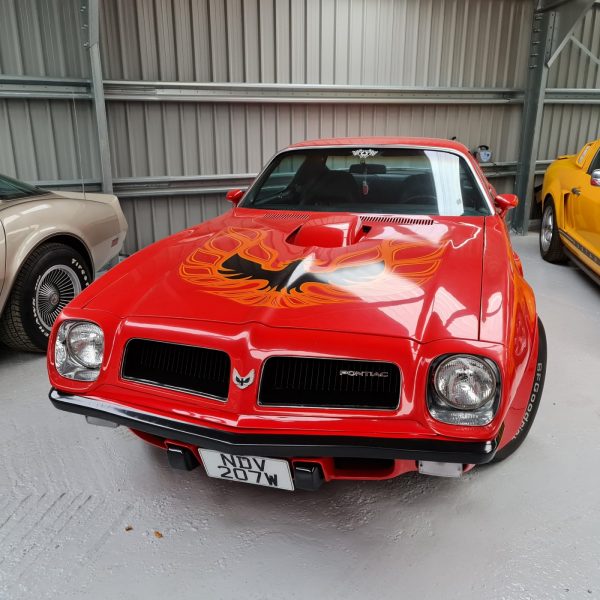

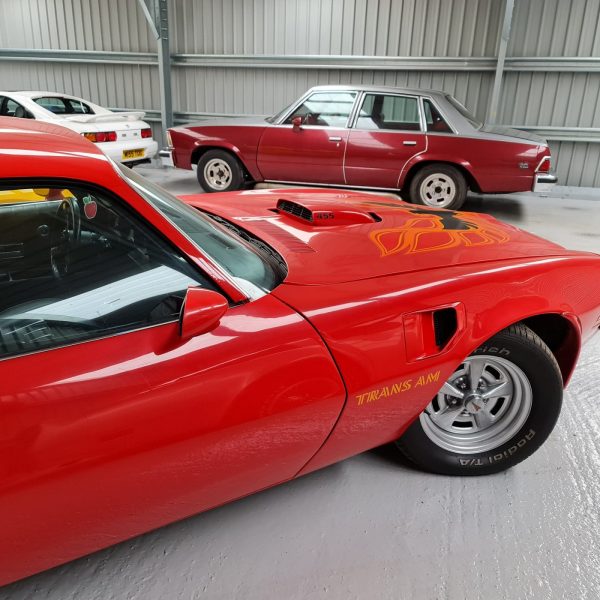
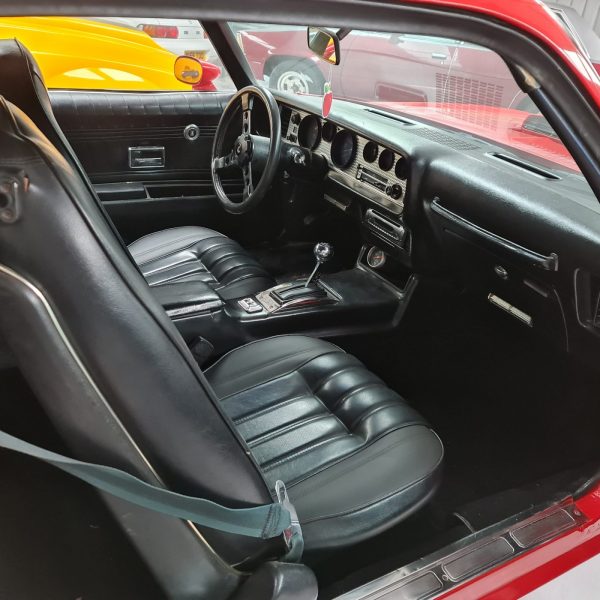

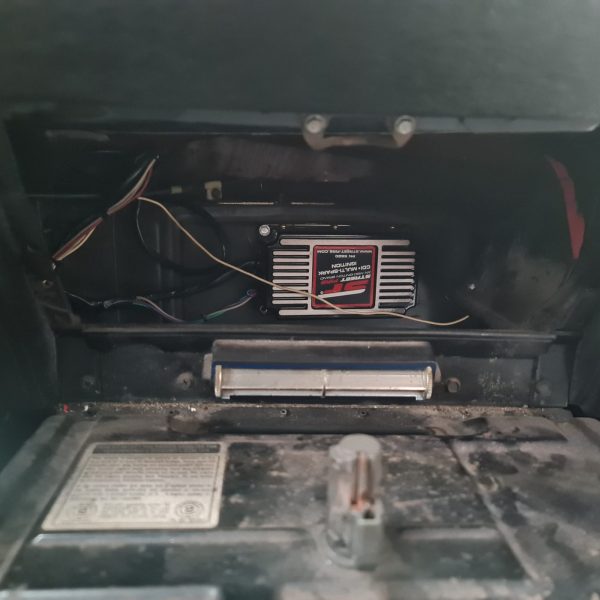
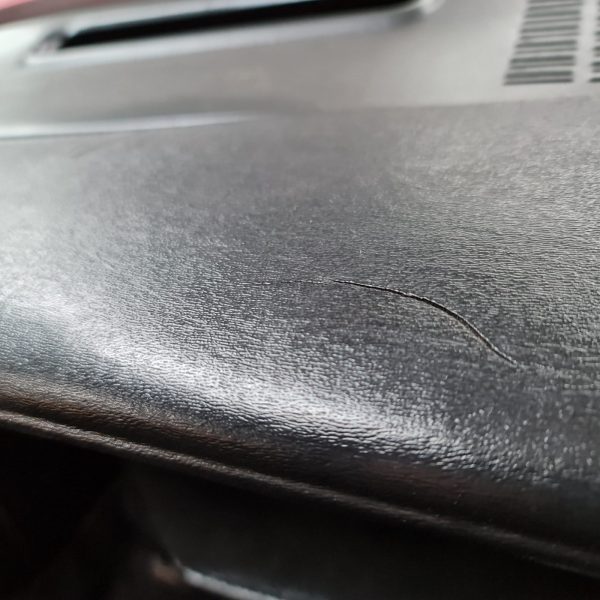

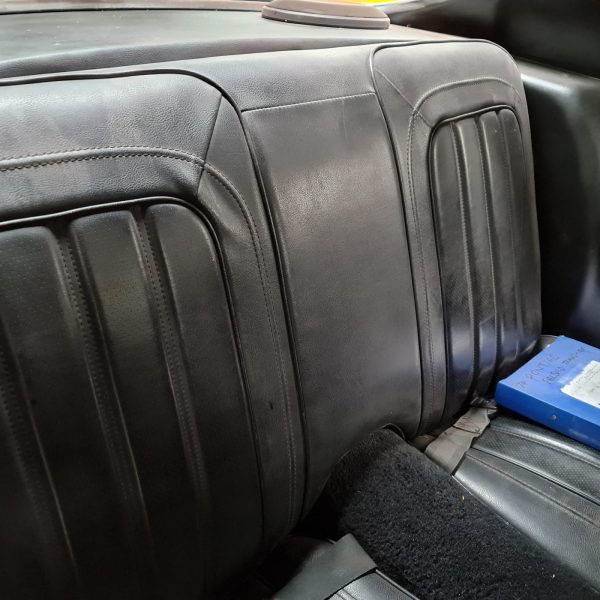
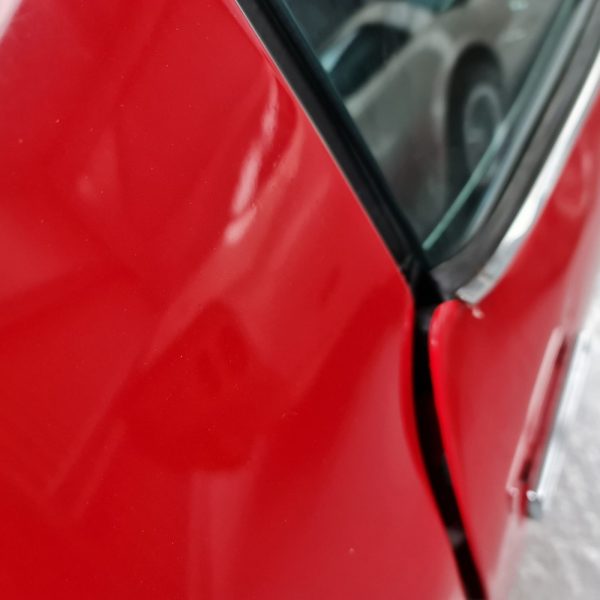
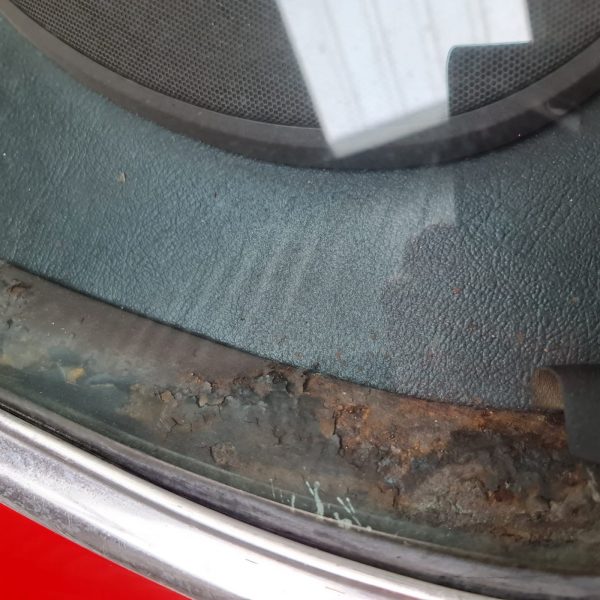
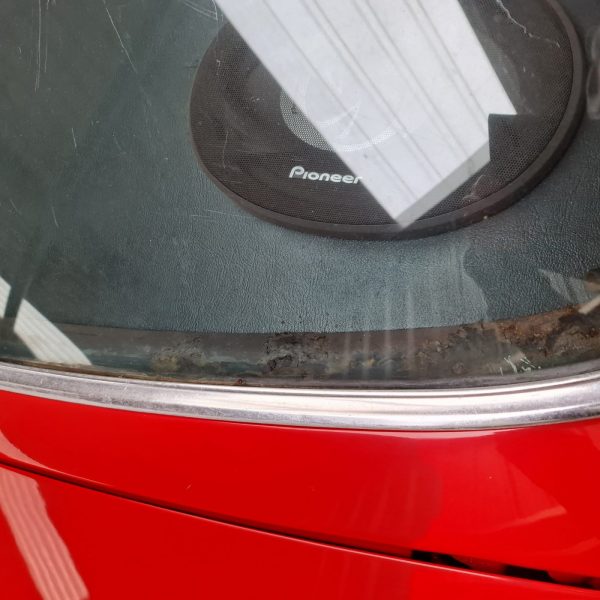
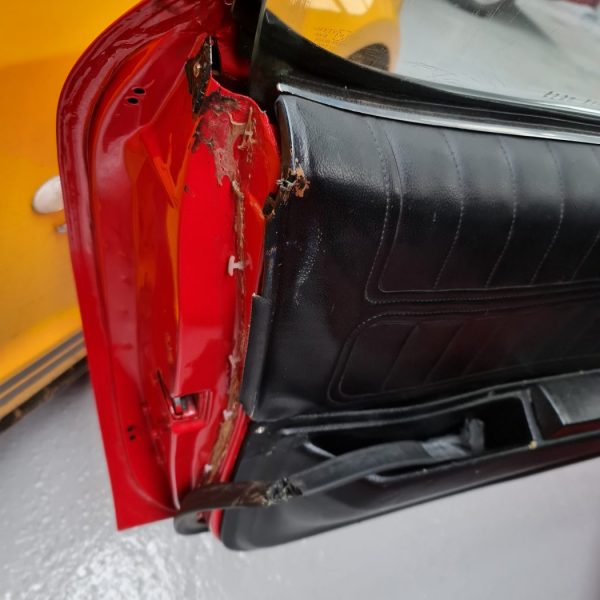
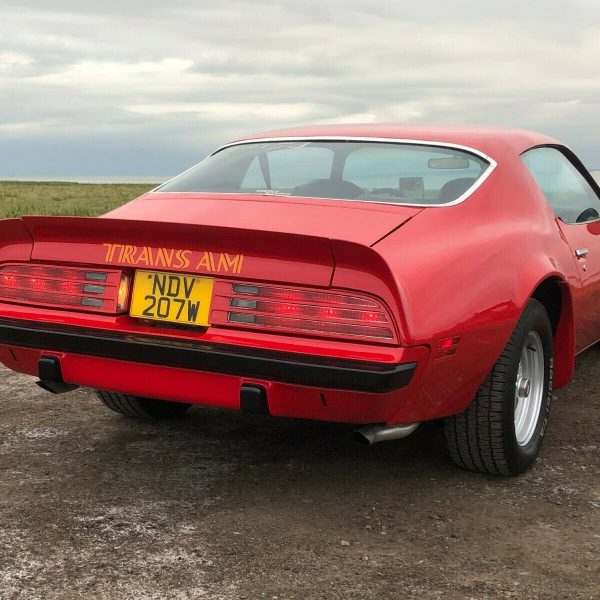
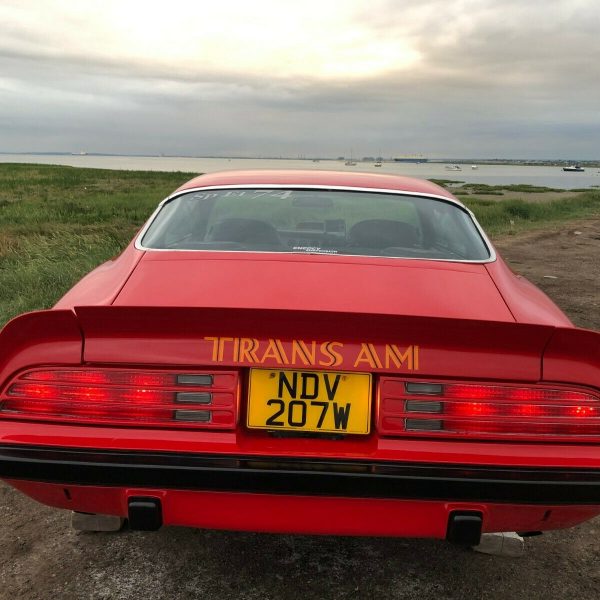
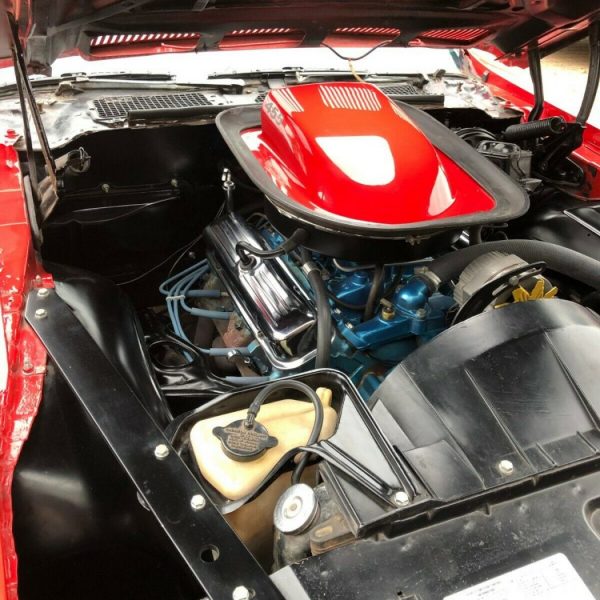

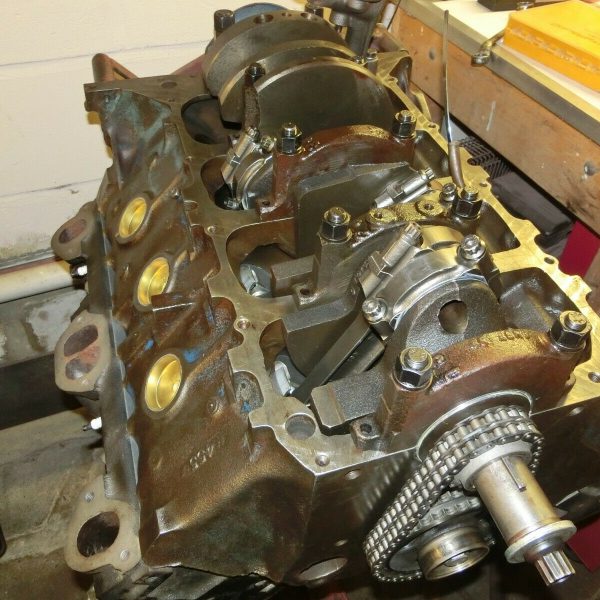
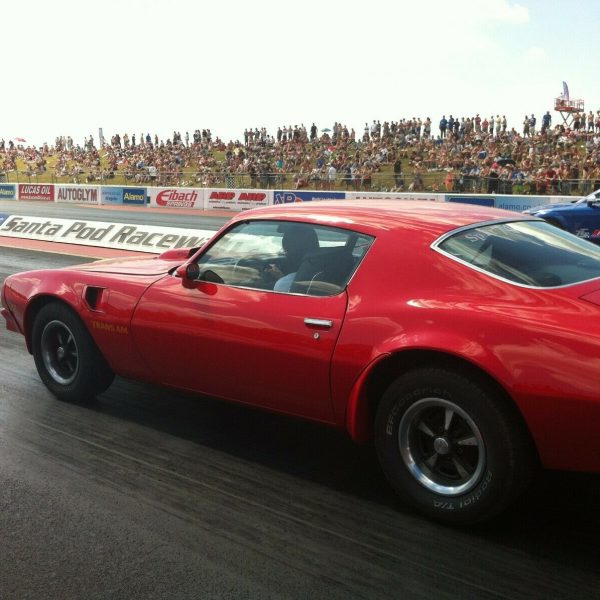
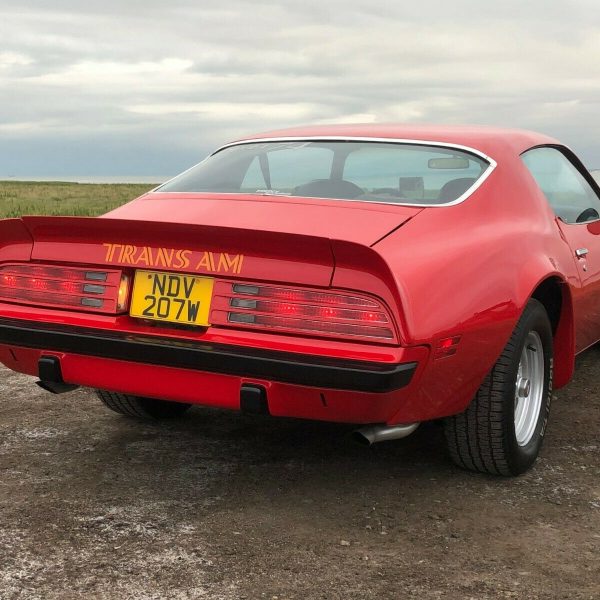
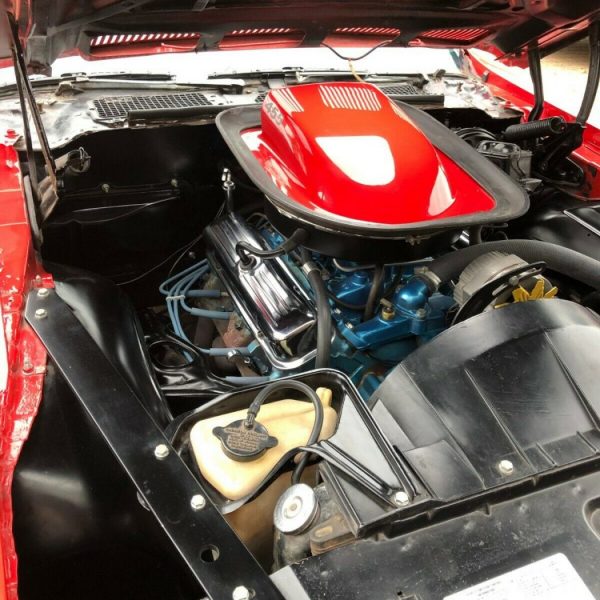

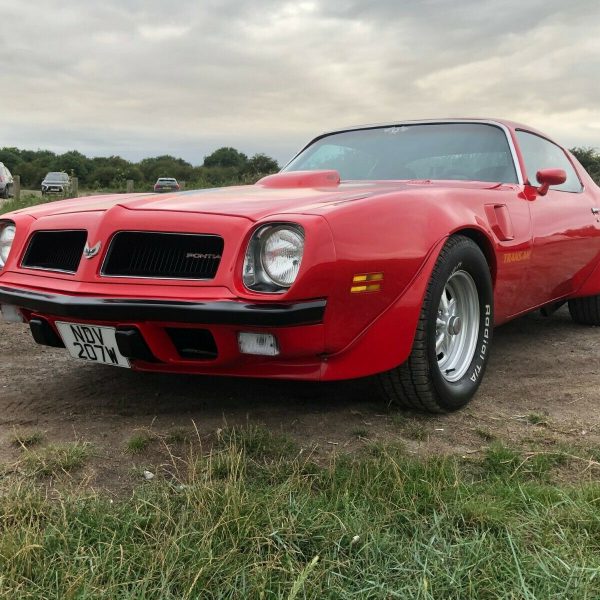

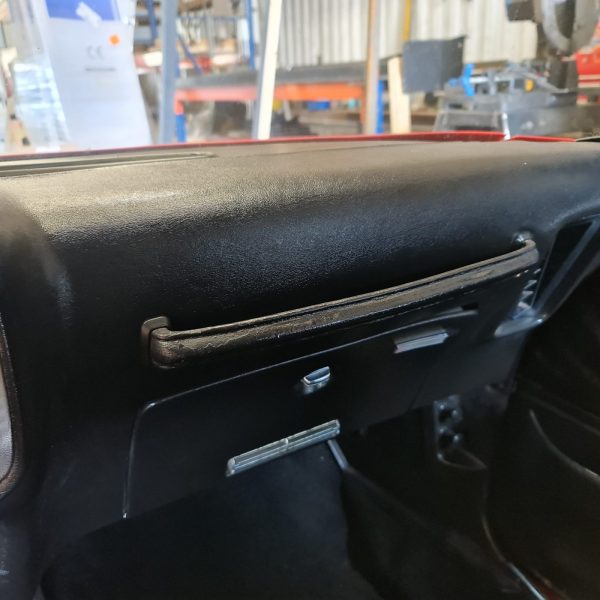

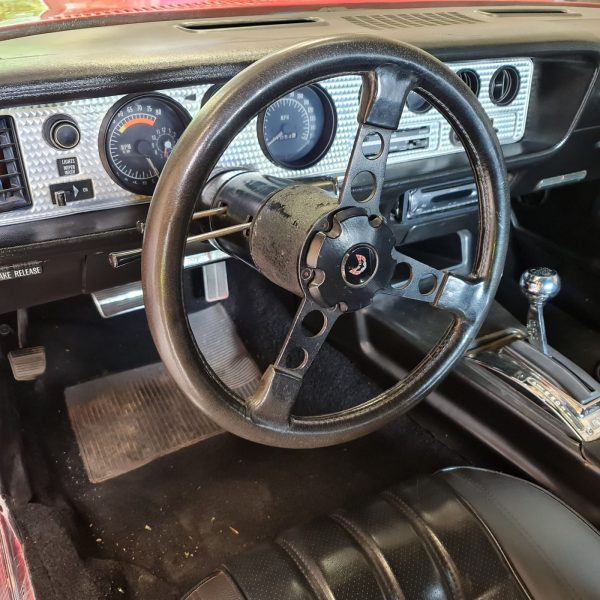
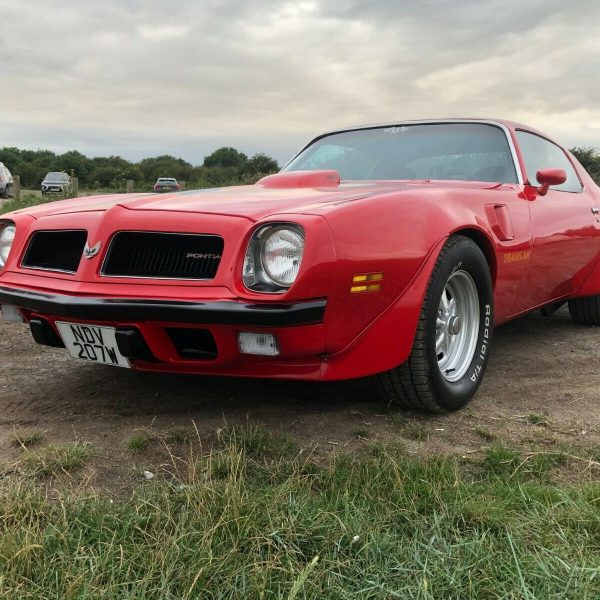
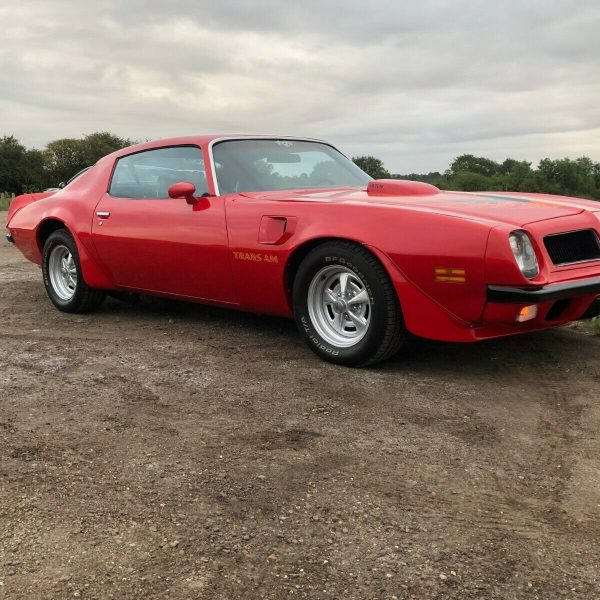
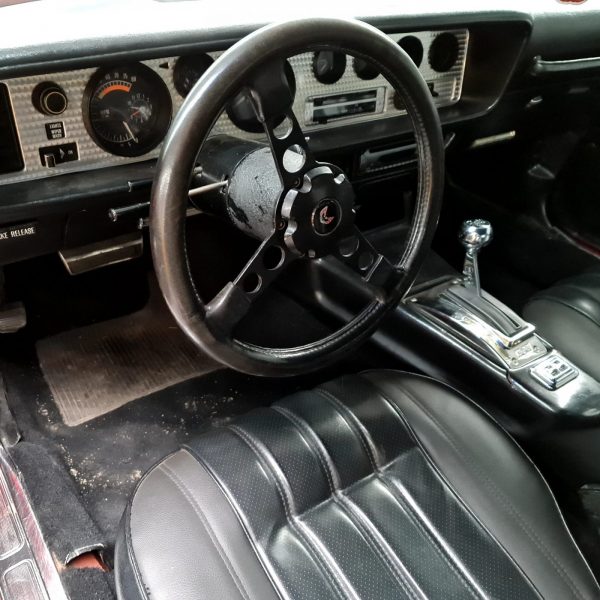

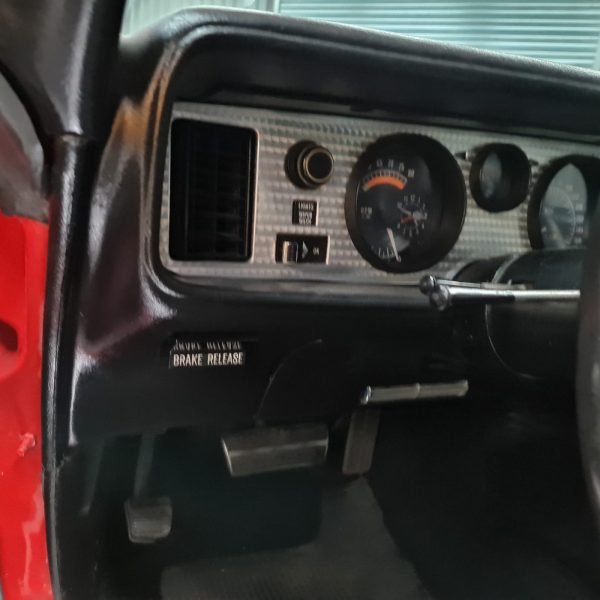

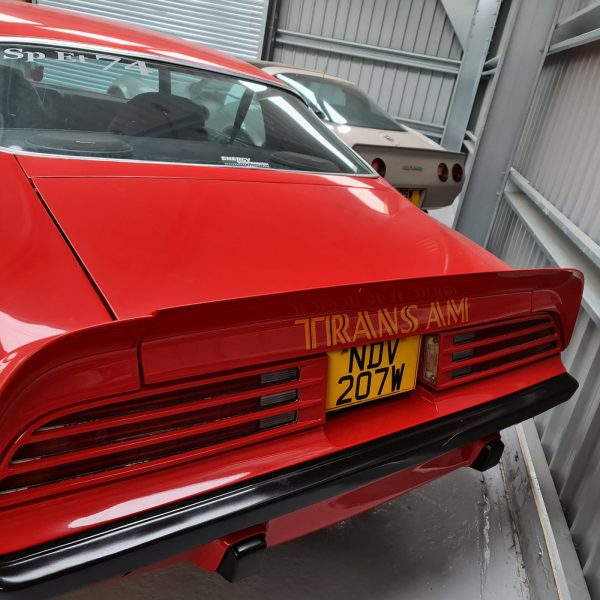
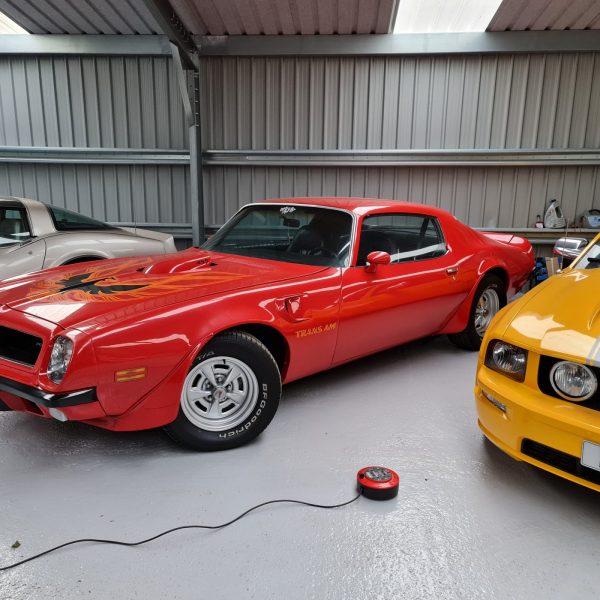
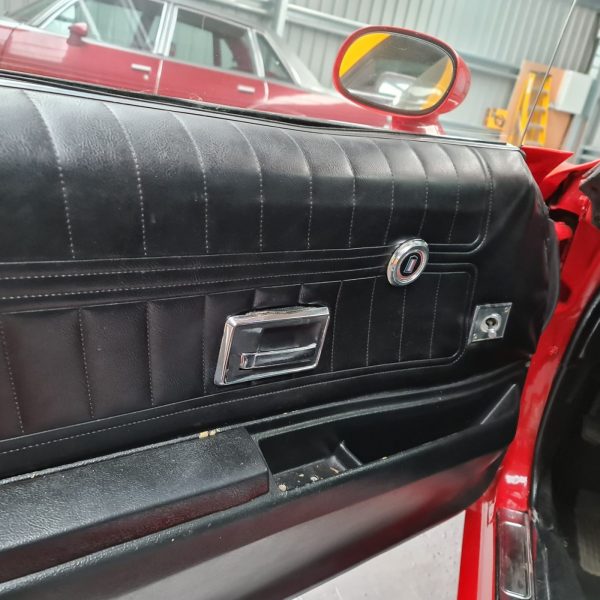
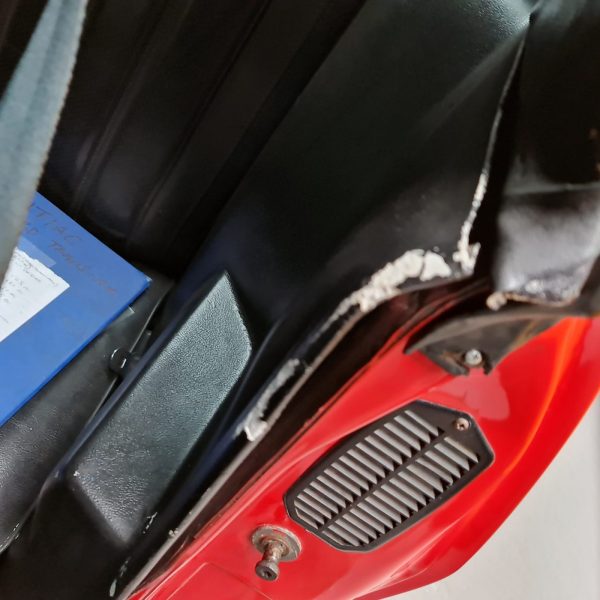

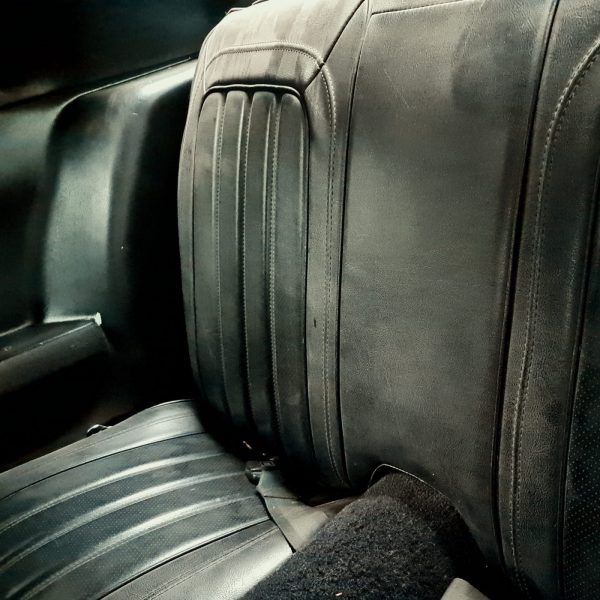



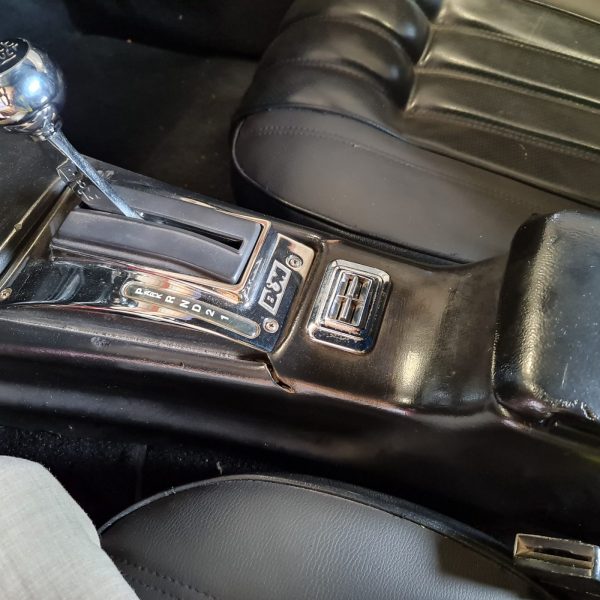

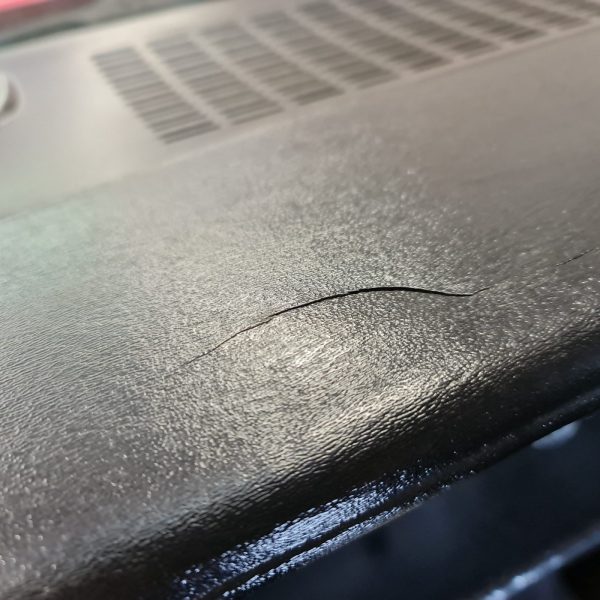

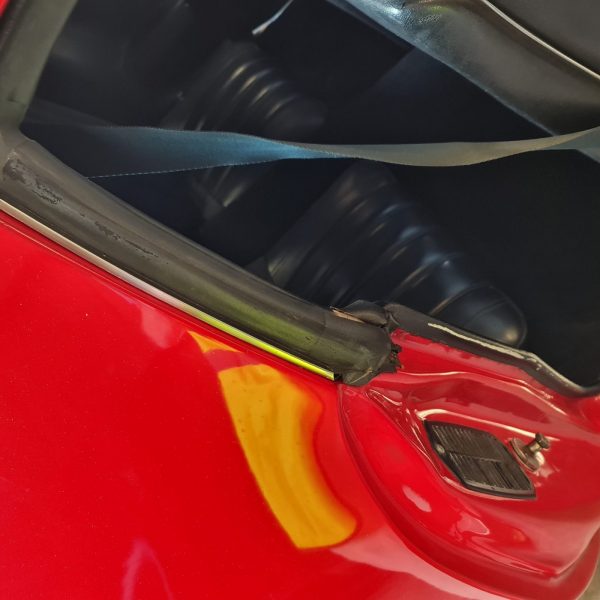


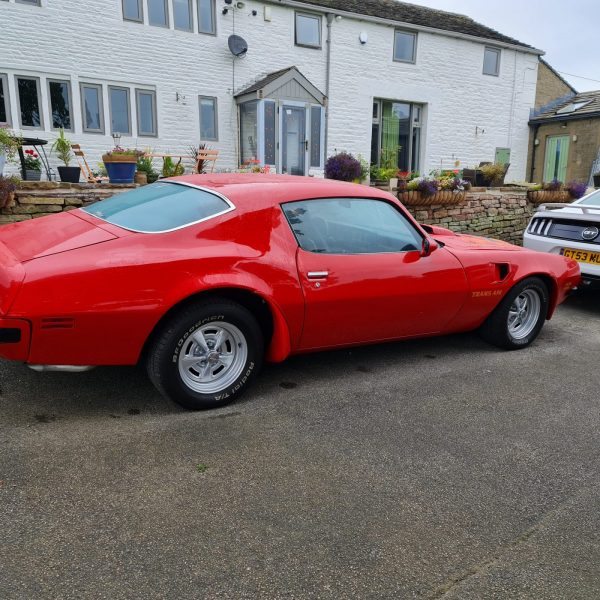

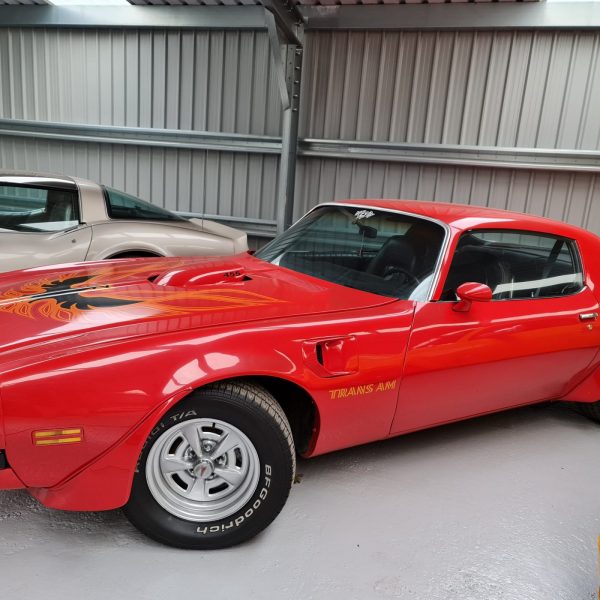
Coming soon to the Bridge Classic Cars workshop is this incredible 1974 Pontiac Trans Am Firebird.
It seems that recently we’ve been seeing a fair amount of classic American muscle cars! This Trans Am Firebird will be coming into us for some interior jobs to be carried out for its very lucky owner as well as a couple of mechanical jobs on the bright red Muscle car.
The in-house restoration teams will go through the car and assess any other items that may require attention before starting work on the list for the owner of the car.
Keep your eyes peeled for more on the 1974 Pontiac Trans Am Firebird soon here on the Bridge Classic Cars news page.
Update: 14/05/2024 – although the works were due to start at the end of 2021, beginning of 2022, the car never came in to our workshops so none of the works we expected to carry out materialised. We have since taken a call from it’s new owner who has gone on to completely restore the vehicle. I bet it looks amazing now! Thanks for your call and hope you enjoy many years with your car.
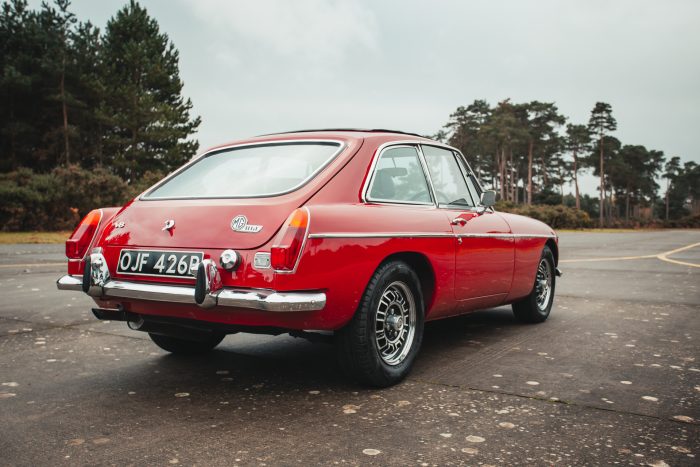
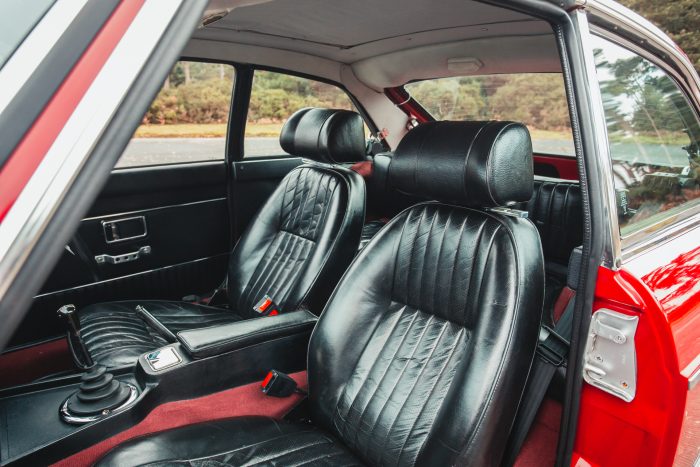
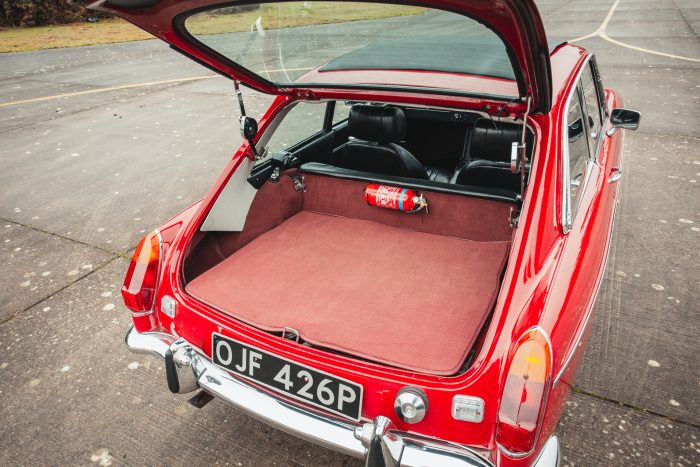
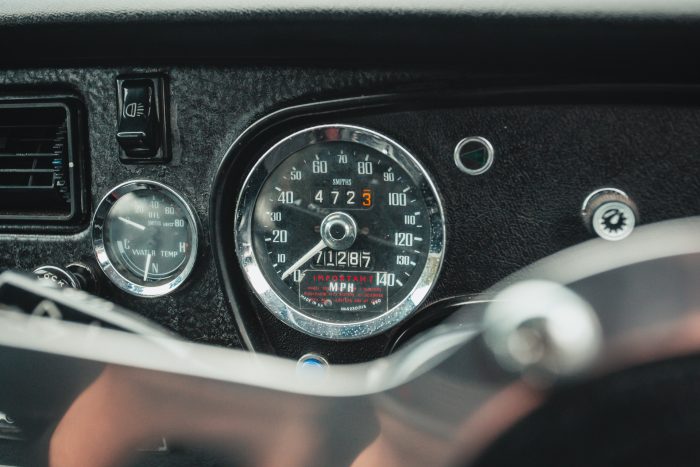
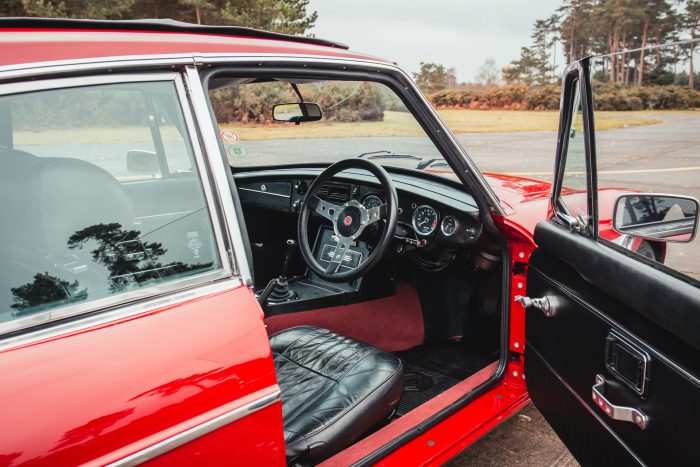
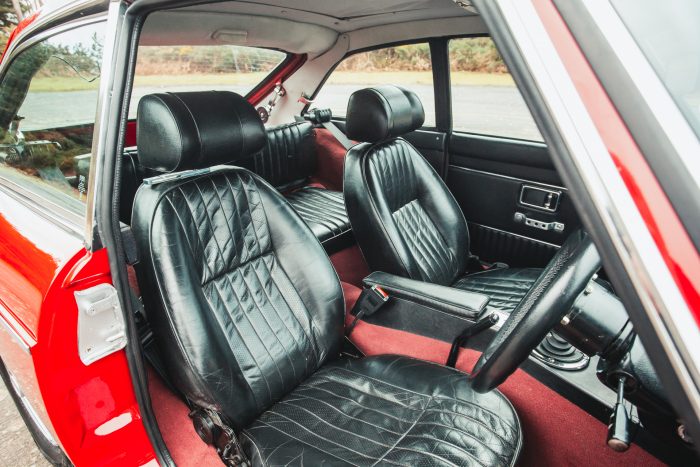
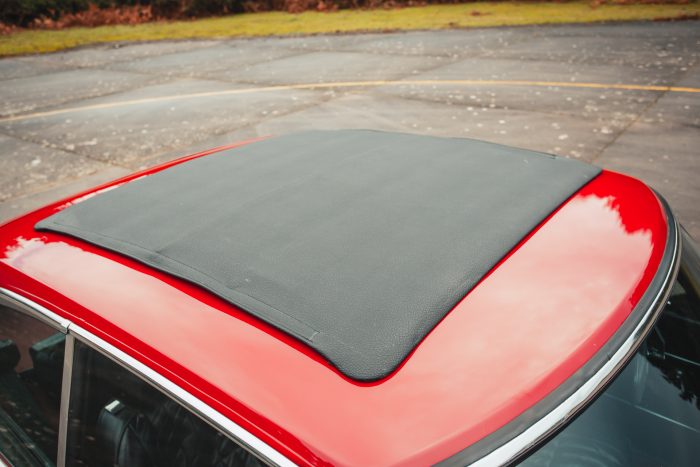
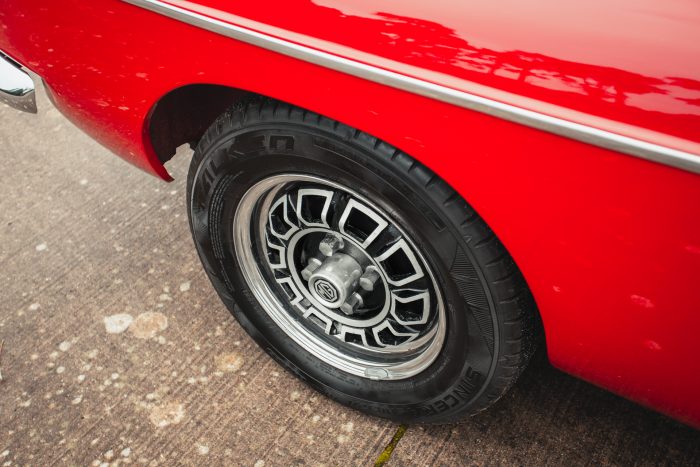
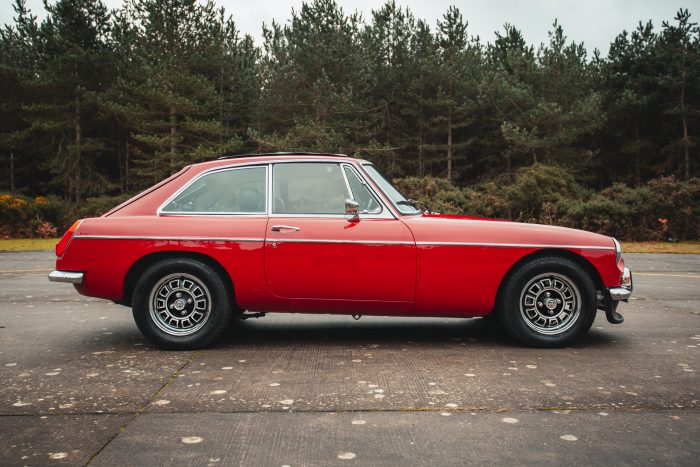
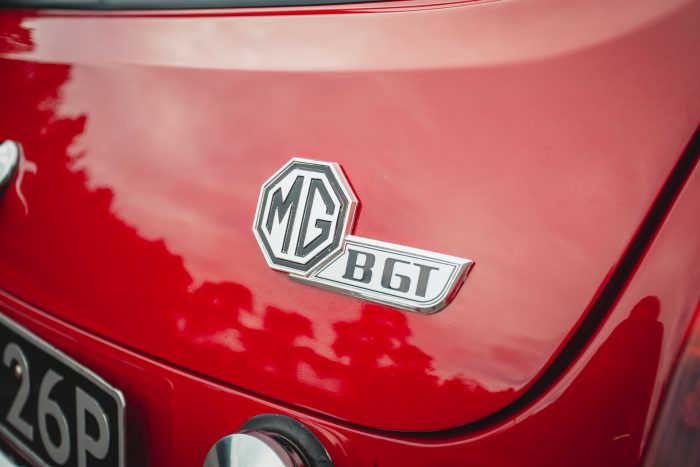


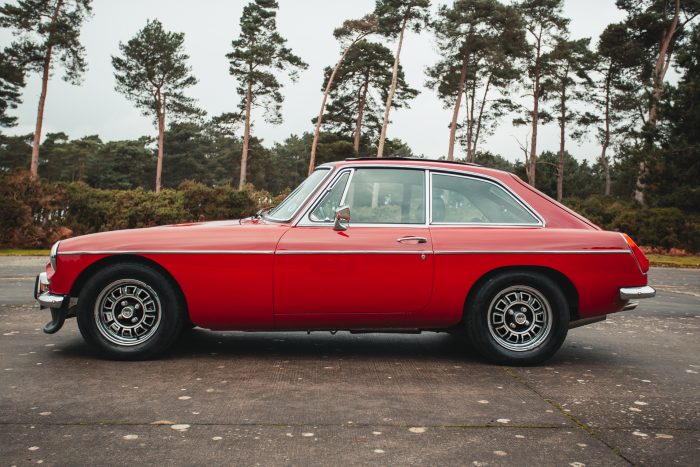
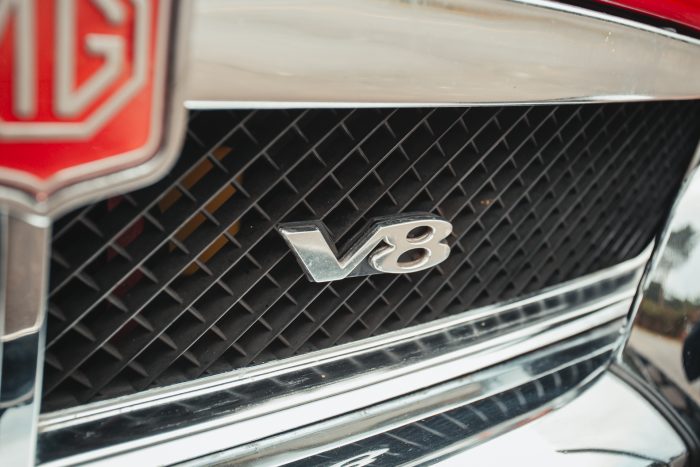

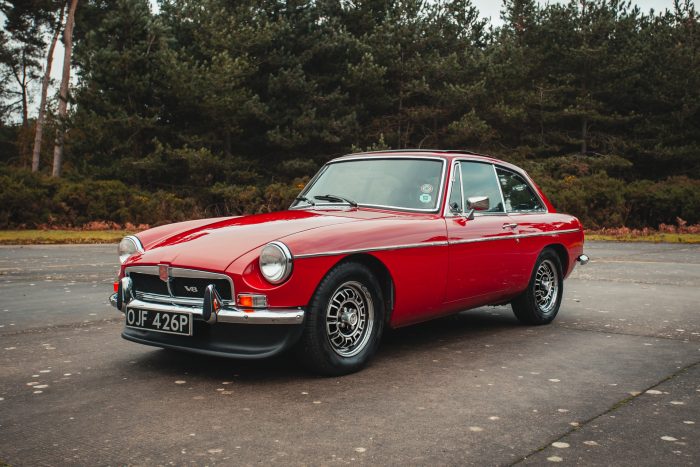
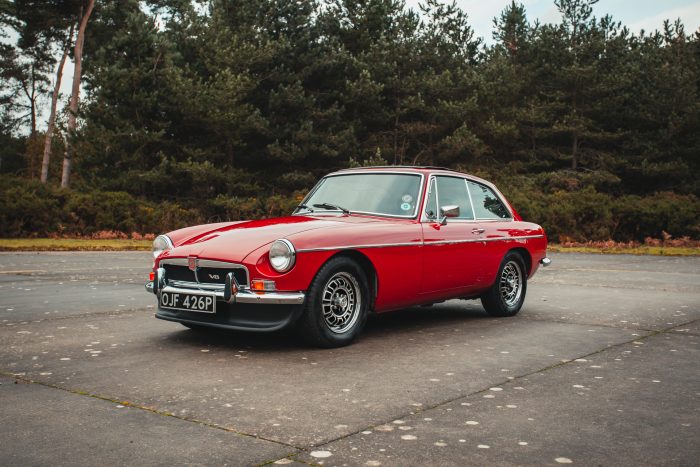



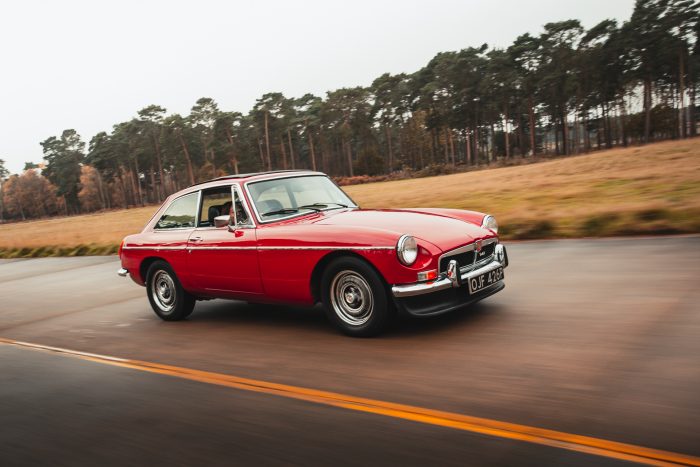
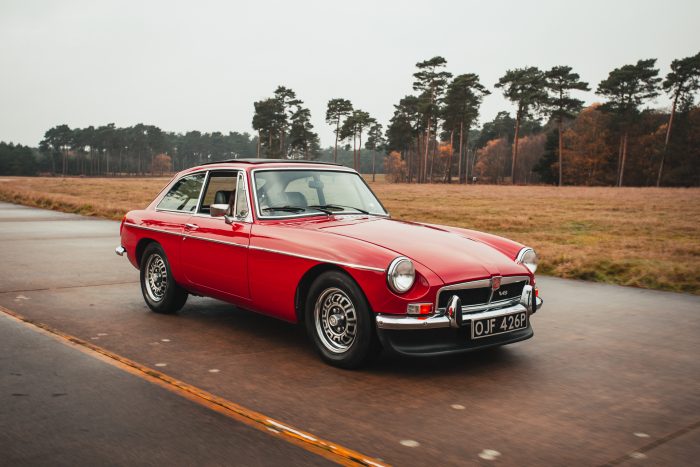

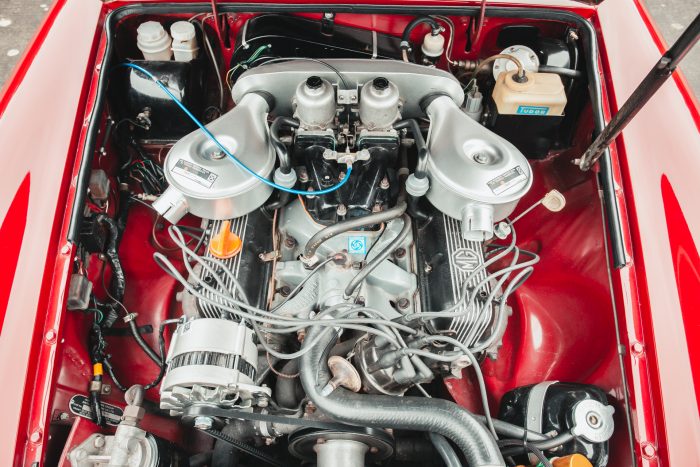
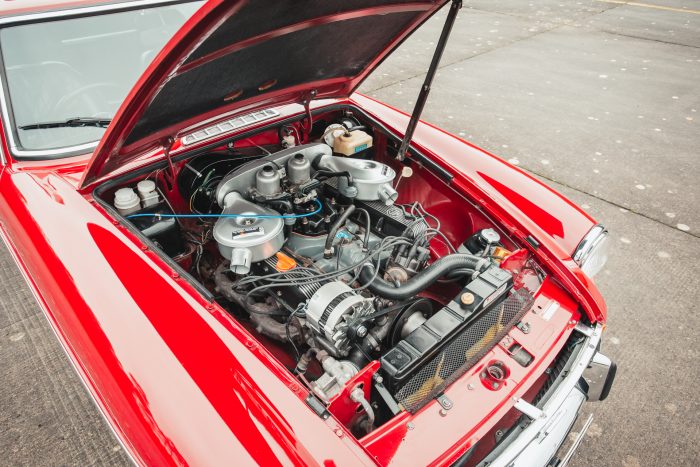
There’s always a buzz around a new competition car. Especially one as special as this… a 1975 MGB GT V8.
This small, V8 powered British sports car is the latest prize to be won through Bridge Classic Cars Competitions by one very lucky winner. This is the story behind the amazing photos and video of the car.
Although the winter morning was damp and the sun hid its bright rays behind grey lumbering clouds, it couldn’t dampen the spirits of the team ready to shoot the new competition car. The V8 burbled into life after it had been pushed out of The Hangar. Gently, the aluminium V8 warmed up on the tarmac. Making sure the pressures and temperatures were all correct before being driven to the South Loop, Charlotte eased the sports car into gear and pulled away from the shadow of the hangar.
The wonderful noise from the V8 wound its way through the trees in the Suffolk forest. The early morning light left the highlights across its vibrant, rich red bodywork soft but with a certain crispness from the moisture in the air. While photographing the car, you couldn’t help but fall in love with the simplicity of an MGB GT. It does however have a certain elegance and sophistication with that simplicity. The sloping back which then rolls into the bumpers that wrap around its rear and the long elegant bonnet that stretches towards the horizon but not to the scale where visible is difficult. Perfectly useable as a classic or even every day.
The interior shows the story of the car. The seats have a character to them that matches the personality of the car, they show that the car has been used and adored since its earliest days.
As the MGB moved out and Charlotte gently rolled it through the gears, the car has a majesty as it moved. A gracefulness that all MGB’s seem to have but is amplified by the low, ambling noise from its 3.5 litre V8. As the clouds grew darker and the sun drifted further and further away, it was time to take the car back to The Hangar. Ready, for it’s next lucky owner.
This 1975 MGB GT V8 could well be yours. Click the link below and enter now for your chance to win this and other dream classics with Bridge Classic Cars Competitions.
Chris, our in-house paint and body expert here at Bridge Classic Cars, has begun work on the 2021 Renault Master which belongs to one of our neighbours here in Pettistree.
The van had some front end damage which Chris and the team need to address. So, carefully they worked their way around the grille and bumpers to strip everything back in order to assess if any damage to any mounts had happened. Also, this needed to be stripped back in order to replace the broken pieces.
Whilst the front end was taken apart, Chris removed the bonnet of the van to remove a massive dent caused by the accident and then prepare it to be resprayed in order to match the van. As you can see, Chris does everything meticulously whether or not it’s a classic!
Brian, Kath and Lydia have been working on the next phase of the interior for the 1973 Jaguar E Type Roadster that Bridge Classic Cars calls Fern Grey. Now that the windscreen has been fitted and cured, it’s time to start getting the trim, dash and hood in place.
Using the original dash panels and A-Pillar trims, Brian stripped apart the panels ready to be recovered. The original foam for these pieces was in remarkably good condition so they were refreshed and reused. The trimming in the rich black leather however is all brand new. Brian selected a hide that compliments the rest of the interior but also matches closely what would have originally been used on the E Type’s to trim the pieces with.
Each of the panels and trims was hand-cut and finished by the Bridge Classic Cars in-house trim team to ensure the best fit. Including the dash pad which now that the windscreen is safely in place could be secured to the top of the dash after test fitting multiple times.
With all of the dash and trim around the windscreen fitted, Brian and the team began to work on getting the foldable hood mechanism in place. Checking the mounting points for the front and back of the hood, Brian began the task of gently manipulating the mounts to ensure the best possible fit as well as making sure each of the spars sat level and true. Thankfully after some skilled moving, the hood sat perfectly inside the gorgeous roadster.
The mid to late 1930s were a heyday of Automotive design. Bespoke, futuristic interpretations of personal transport heavily influenced by art-nouveau and the art deco school of design. Elegant answers to a simple question of moving people from one place to another. One of those at the forefront of this was a small French manufacturer by the name of Bugatti.
Bugatti had risen to prominence with its massively successful, lightweight Grand Prix cars along with super luxurious elegant limousines in the 1920s and early 1930s. The founder Ettore Bugatti came from a long line of artisans and craftsmen who plied their various styles and trades to all manner of things, but for Ettore it was cars. By the 1930s, Ettore had begun to step back from his role as the man in charge of Molsheim. His son, Jean would rise through the ranks as a talented designer, engineer and driver in his own right away from his father’s shadow. Culminating in what many believe to be the most beautiful series of Bugattis ever made. The 57SC Atlantics.
Using influences from both Art Deco and Art Nouveau, the Atlantics were a new style for a new type of owner. For this new car and new owners, only 4 57SC Atlantics would be built. Each of them was heavily personalised to their owner’s tastes and styles, their story begins with a special one-off. The 1935 Aerolithe Concept. A magnesium bodied show car which was set to usher in a new era of Bugatti’s by using advanced materials and techniques to blend the worlds of Grand Prix and Grand Tour.
The 4 Atlantics would use this technique to begin their construction, however, they were soon swapped for aluminium bodies made in the same style as the Aerolithe. With the identifiable riveted dorsal fin of the concept car displayed prominently on the Atlantics. Out of those 4 cars, three are accounted for and have gone on to be concours and show winners in their own rights around the world.
The fourth was given the name ”La Voiture Noire” or, The Black Car. It had originally been used by Bugatti as the show car to demonstrate to potential customers and the world the new age of Bugatti under Jean’s leadership and also happened to be Jean Bugatti’s personal car whilst doing so. La Voiture Noire’s early history is well documented.
The cars official Bugatti name is chassis 57453 and was gifted to Bugatti factory driver Robert Benoist for winning the 1937 24 hours of Le Mans and then was later given to fellow driver William Grover-Williams before his return to England just before the outbreak of World War 2. From the outset of the war until 1941, La Voiture Noire was kept as a test car for Bugatti after the death of its master Jean in 1939 whilst testing a racing prototype. But after 1938, no official records have ever been kept of the car. This is where the ghost story begins…
Rumours have circulated for the better part of 80 years about the journey La Voiture Noir would take into its own mystery. The last records speculate the chassis number was changed to 57454 and the whole car was to be dismantled for parts to be used on other projects and what was left was to be boxed up and stored. Other stories say the complete car had apparently made its way south to Bourdeaux, possibly in an attempt to conceal the car away from the factory and the furious pass of the German Army as it began planning its march into Europe on the eve of war. Some have also said it could have been sent as far away as the Middle East to be protected under the eyes of trusted Bugatti owners. But, no evidence or any form of lead has ever been found for the resting place of the car. Rumours of deserted railway cars, french barns, bricked up buildings, fake basements and even burying the car alive have circulated over the years throughout the enthusiasts. Ghost stories and treasure tales handed down from one generation of petrolhead to another. But alas, no news.
Until recently. A mysterious post on social media revealed a very strange looking body sitting in the back of a Connecticut, USA body shop claiming to be the missing Bugatti. However, leading Bugatti experts fervently rebuke that this is in any way La Voiture Noire. It is estimated that if Chassis 57453 (or 57454 if the history is correct) were to be rediscovered somehow, it could expect to fetch anywhere north of $100 million at auction because of its importance.
But, to most diehard enthusiasts, its story remains priceless.
Bridge Classic Cars are award winning Classic Car Restoration and Maintenance specialists. Your pride and joy is in safe hands with our expert Classic Car Technicians. Take a look at our awards here.
We use cookies to deliver the best possible experience whilst visiting our website. By clicking "Accept All", you consent to our use of cookies, or you can manage your preferences by clicking the link below. You can manage your preferences at any time from out Cookie Policy page.